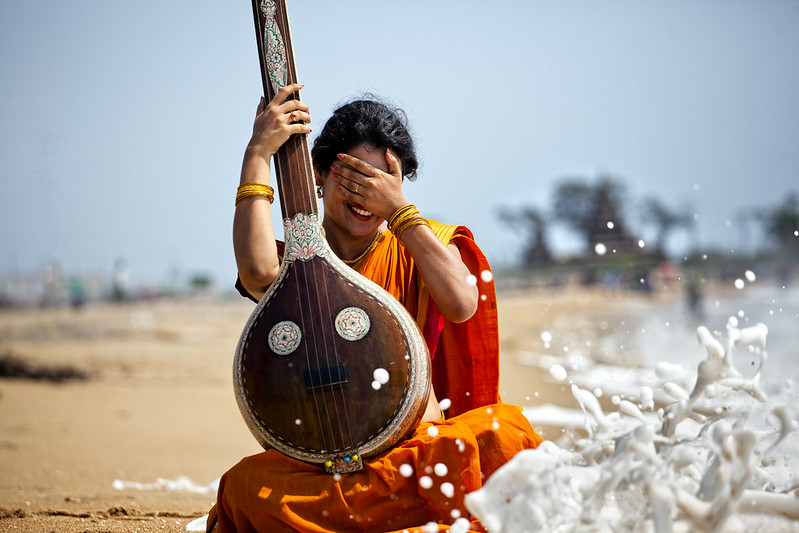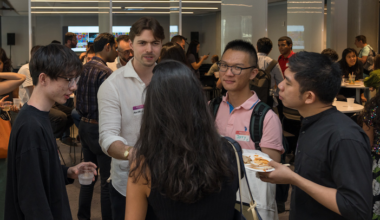At a time when large parts of South Asia were under the rule of Maharajas, performers of Carnatic music received patronage from aristocrats and temples alike. This genre is now struggling in the country where it was born. The bright spot for those passionate about Carnatic music has become the U.S., now home to over 4 million Indians.
Music entrepreneurs of Indian origin are making the most of the opportunities offered by different cities across the U.S. The Carnatic music scene in Cleveland, for example, is a household name in India. Since 1978, the city has annually hosted the Cleveland Thyagaraja Festival, named after a renowned composer. In 2019, the 12-day festival had 8,000 attendees but the 43rd edition of the event has been cancelled this year due to the pandemic.
Carnatic music with an R&B twist
New Jersey-based Rajeswari Satish has been performing as a vocalist in India and the U.S. for over 35 years. She believes that this niche form of music is unlikely to reach the commercial scales of popular American genres or Bollywood music.
https://www.youtube.com/watch?v=ye0Vx5_Utds
“Art music, whether it is Indian raga music or Iraqi maqams, has historically remained within select groups around the world, and may never reach the status of some popular music categories that transcend race, culture, class, or religion,” she said.
But there is potential for Carnatic musicians to team up with artists from other genres. One performer who has gone beyond the traditional role is New York-based Roopa Mahadevan. She was born in San Jose and was awarded a Fulbright Scholarship to receive advanced Carnatic musical training in India.
A regular performer at major events in India and the U.S., Mahadevan has worked on several fusion projects, including R&B and soul music.
A broader outlook among the younger generation
The younger generation of Indian-Americans is more agile when it comes to music entrepreneurship. Varun Viswanath, a 20-year old player of the mridangam, a drum made of wood and leather, is now promoting Carnatic music in California.
The Bay Area has become a major hub for Carnatic musicians thanks to thousands of Indians and Indian-Americans employed by U.S. software companies. “My guru encouraged me to take on concert opportunities from a young age, so I was involved with a lot of festivals and programs here,” he says.
Viswanath sees a future where Carnatic music could be appreciated by a much wider audience, citing an example of those from non-Indian backgrounds showing interest in Carnatic songs, even if they don’t understand the meaning.
He adds that music entrepreneurs can exploit the underused potential for Carnatic music in the U.S. “It depends on the level of commitment,” he says.
Made in the U.S.A.
In a way, an affiliation with the U.S. is seen as a path towards popularity and recognition for Carnatic music entrepreneurs. One of the biggest success stories is the renowned vocalist Ramakrishnan Murthy, who was raised in the U.S. and later moved to southern India.
But the proliferation of Carnatic music communities in the U.S. has created a new problem. Up-and-coming Carnatic performers get pushed down the pecking order by their American counterparts.
“We are provided with opportunities to go to India and perform,” Varun Viswanath says. He believes that with time, the U.S. will have even more demand for the large talent pool from India.








